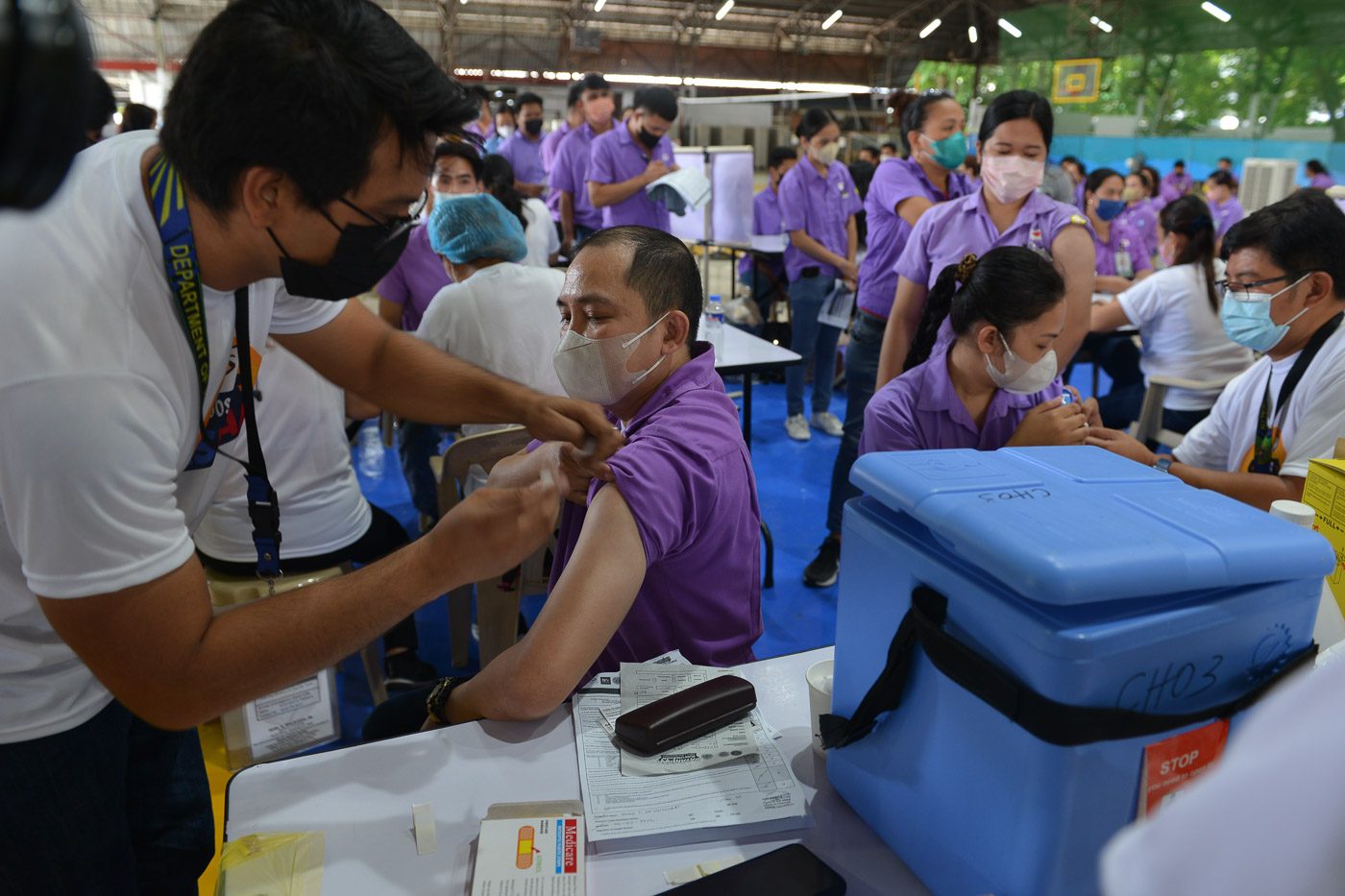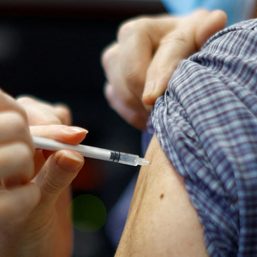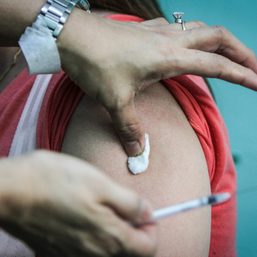SUMMARY
This is AI generated summarization, which may have errors. For context, always refer to the full article.

MANILA, Philippines – The Philippines will finally get its first delivery of the COVID-19 bivalent boosters in May 2023, according to the Department of Health (DOH).
“By next week, hopefully we’ll receive it already,” DOH officer-in-charge Maria Rosario Vergeire said in a press conference on Tuesday, May 16.
“Busy ang implementing units. Sila, pinupulong talaga para mabigyan ng orientation paano magsagawa ang papatupad ng pagbibigay nitong bivalent vaccines among the priority groups for the time being,” she added.
(The implementing units are busy. They have been gathering for orientations on how to distribute the bivalent vaccines among the priority groups for the time being.)
Vergeire said they expect to receive 391,000 donated bivlavent boosters in the initial batch.
The bivalent boosters were first released in the US in the last quarter of 2022. These boosters were reformulated to target both the original strain and the more contagious Omicron variant, which emerged November 2021.
Vergeire said the lapsing of the Philippines’ state of calamity declaration due to COVID-19 in December 2022 was the main reason for the delays in procuring the bivalent boosters.
“Kahit handa tayo tumanggap, nagkaroon ng road block, at nalift ang state of calamity bago matapos ang taon last year. Naapektuhan ang authority natin to procure bivalent vaccines. Walang katotohanan nag-delay ang Department of Health,” the interim health chief said.
(Even if we were ready to receive them, we ran into road blocks because of the lifting of the state of calamity before the end of last year. Our authority to procure bivalent vaccines was affected. It’s not true that the DOH intentionally delayed getting the vaccines.)
Aside from the bivalent boosters, the DOH expects to receive 2 million more doses from the global COVAX facility this year.
Meanwhile, the Philippines reported local transmission of the Arcturus variant, also known as XBB 1.16.
“We think that there is already no linkage to that we had been identifying, [so] there has already been local transmission of Arcturus,” Vergeire said.
According to the World Health Organization, there is a rise in XBB.1.16 subvariant cases globally, which appear to be more contagious, although no localities report a rise in hospitalizations due to the subvariant.
As of the last case bulletin released on May 15, there were 12,414 new cases from May 1 to 7. Only 53 of those cases were critical.
Health care utilization, or the number of ICU and non-ICU COVID-19 beds occupied, remained low at 18.8% and 21.7%, respectively. – Rappler.com
Add a comment
How does this make you feel?



![[Time Trowel] Evolution and the sneakiness of COVID](https://www.rappler.com/tachyon/2024/02/tl-evolution-covid.jpg?resize=257%2C257&crop=455px%2C0px%2C1080px%2C1080px)







There are no comments yet. Add your comment to start the conversation.